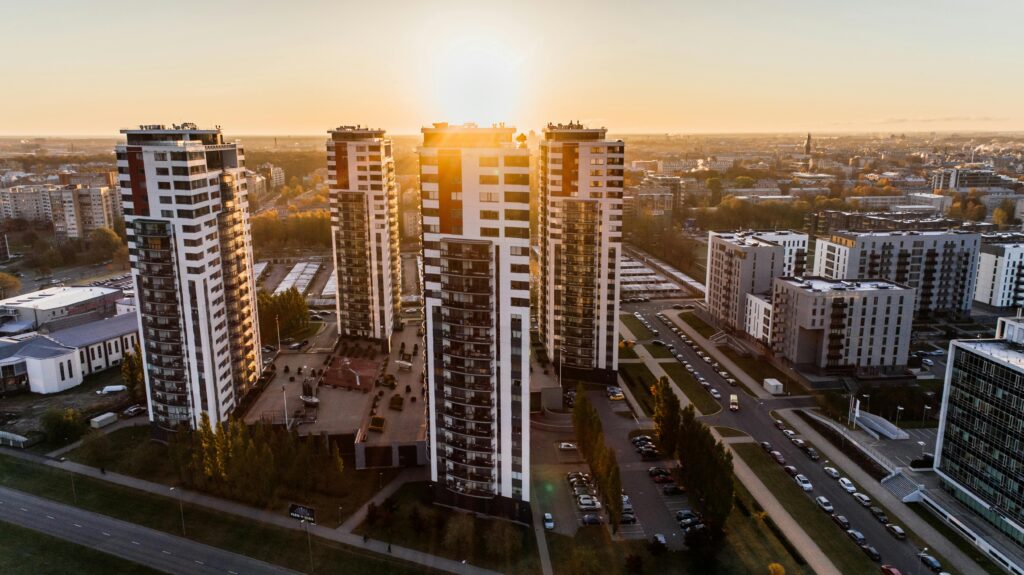
This weekend, I was with a group of friends I hadn’t seen in a while, and of course, our talk turned to real estate investing. One friend asked me what area of real estate I was in. I told him it was value-add multifamily. He asked me what value-add meant. What a great question.
I could buy newly built multifamily properties. These are the ones you see going up everywhere. Some developers build these things and immediately sell them. These are called turn-key properties which have very little to do, other than lease up the place. They don’t have any repairs needed and so will sell for a high amount. Their value usually increases, but not very vast. I want the value-add.
A Lame Example
Let’s say someone built a machine that filters the tiny particles of gold attached to dust out of the ocean. Apparently it’s a real thing. There’s a tiny amount of gold in the water. Let’s say this machine pumps enough water through that it can collect $100,000 worth of gold in a year. The pump has to be powered and it ends up using $50,000 per year in electricity, which leaves $50,000 in net operating income. A profit of $50,000 every year sounds pretty good. So, how much is this machine worth?
We might decide that if we are going to invest our money into this machine, which might break, or might run out of gold water to pump, or gold value could drop, we need to get at least 4% back on our investment every year. This is an arbitrary and personal thing, but we sometimes set our value on things like this and others follow, which gives us the capitalization rate. For our gold machine, we want 4% back every year. We take that 50k NOI and divide by the percent return we want (4%), and we are now willing to pay $1,250,000 for this machine.
That’s a lot of money to tie up in a machine and if we have a real estate investing mindset we might want to use leverage (a bank loan). Our bank might look at our investing history and our net worth and our credit report. This investment carries risk, so our bank might want us to put 50% down. That means we need to come up with $612,500. At a 4% rate and 20 year amortization, we have to pay $48,504 annually to the bank. But, we only have a profit of $50,000, so we about breaking even.
This sounds not very great because there is almost no cash flow. But, wait, what about the value-add? When we do an inspection, we find that the pump is older and we can put in a more efficient and better model. This new pump costs $50,000 and, we figure, can generate $150,000 in gold per year for the same energy cost. We are buying the old pump, though, so we still pay the 1.25 million, with our secret plan to upgrade.
The instant we make our purchase, we change out the pump, and suddenly our NOI goes from 50k to 100k. Dividing that by our 4% cap rate we now have a $2,500,000 machine! Instant value! That’s value-add.
In the apartment world, we add value by making improvements, such as upgrading the countertops, charging rent for garages, billing back utilities to the tenant, adding nice things, like a pool or gym, or any other improvement that directly increases the income. We can have a place that has no cash flow to start, but we turn it into a place that does.
Watch out for sellers who will identify all these value-adds in their property and claim that their price is elevated due to all this potential. If they could have done all those things, they would have. And the didn’t, so you don’t pay for them. If you are interested in value-add, you need to look for the ways to directly improve income or decrease expenses and implement them as quickly as you can. A small amount of NOI increase translates into huge profits at the sale, and that’s how value-add works.

